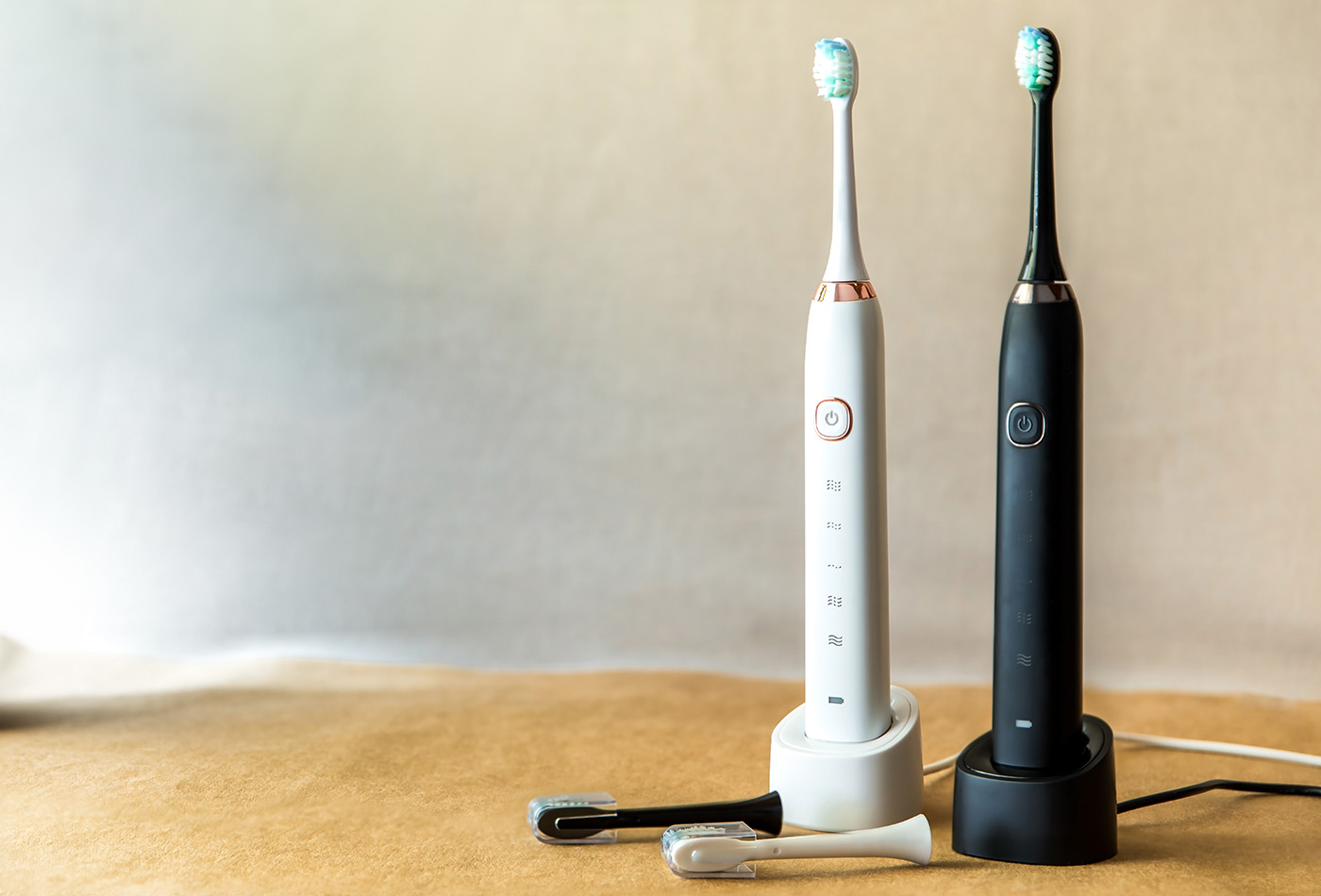
How Often Should I Replace My Toothbrush? – Expert Guide
Enjoy a radiant, healthy smile by embracing excellent oral hygiene, which includes replacing your toothbrush regularly. Our all-inclusive guide provides you with the knowledge to create an optimal toothbrush replacement schedule, along with invaluable tips to enhance your oral hygiene. Discover the answer to “How often should I replace my toothbrush?” and keep your smile shining.
Why Toothbrush Replacement is Essential?
There’s a lot more to toothbrush maintenance than meets the eye; from ensuring effective cleaning to minimizing exposure to bacteria, the significance of timely toothbrush replacement cannot be overstated. Let’s delve deeper into the reasons behind why toothbrush replacement is so essential.
Worn-out Bristles And Their Impact On Dental Health
When toothbrush bristles stay fresh and firm, they excel at sweeping away plaque and debris from your teeth and gums. An old toothbrush with hard, frayed bristles can potentially cause injuries to your gums and teeth. This might lead to bleeding gums, which are not only uncomfortable but can also become an entry point for bacteria, leading to further complications.
Bacterial Buildup On Toothbrushes
Toothbrushes can inadvertently harbor bacteria, fungi, and viruses. This happens because of the moist environment that toothbrushes are usually kept in. Even with rinsing, these tiny tenants might cling to the bristles. Using a toothbrush laden with bacteria can potentially introduce these organisms into your mouth, leading to infections and diseases.
Potential Consequences Of Using An Old Toothbrush
A combination of inefficient cleaning and potential bacterial infections can weaken your overall oral health. This could manifest as bad breath, cavities, gingivitis, and in severe cases, even periodontitis.
Signs That It’s Time to Replace Your Toothbrush
To determine when it’s time to replace your toothbrush, observe for these key signs that can compromise oral health to maintain an effective care routine.
Bristle Wear And Splaying
When bristles on your toothbrush look frayed, flattened, or splayed, it’s a sign to welcome a new toothbrush. Fresh bristles ensure effective cleaning and promote the protection of gums and enamel.
Discoloration And Staining
Noticeable discoloration or staining on bristles could be a sign of bacterial presence or contamination. Treat yourself to a brand-new toothbrush if you spot such changes.
Odors Or Mold Growth
A strange odor or visible mold growth on your toothbrush hints that it’s time for a replacement. Fresh, mold-free toothbrushes contribute to excellent oral health and a fresh, clean mouth.
How Often Should You Replace Your Toothbrush?
Dental experts, including the esteemed American Dental Association, recommend a fresh start with a new toothbrush every 3 to 4 months, or even sooner if the bristles show signs of wear. Kids’ toothbrushes might require a quicker turnaround, given their petite size and children’s enthusiastic brushing techniques.
7 Tips for Better Oral Hygiene
Boost your oral hygiene for a vibrant, radiant smile with these essential tips, designed to upgrade your oral care routine and foster enduring dental health.
- Opt for a toothbrush sporting soft bristles and a handle that feels like a natural extension of your hand.
- Dedicate at least two minutes, twice a day, to brushing with a fluoride-rich toothpaste.
- Master the art of brushing, positioning the toothbrush at a 45-degree angle to the gum line and making small, circular movements.
- Don’t overlook your tongue and the roof of your mouth – brushing these areas can banish bacteria and keep breath fresh.
- Make flossing a daily ritual to whisk away plaque and debris lurking between teeth and along the gum line.
- Embrace the refreshment of a new toothbrush regularly, as highlighted in this guide.
- Keep regular appointments with your dentist for checkups and professional cleanings, ensuring your oral health stays at its peak.
Conclusion
Grasping when to replace your toothbrush is vital for excellent oral hygiene and a healthy smile. Replace it every 3-4 months, or sooner if needed, and enjoy a cleaner mouth. For personalized advice on the right toothbrush and oral care techniques, consult a dental professional. Visit NYC Dental Smiles to experience an exceptional dental service and let us help you answer the question “How often should I replace my toothbrush?” – and much more.
Source
Onque, R. (2022, November 2). Here’s how often you should change your toothbrush—and what can happen if you don’t, according to a dentist at UCLA. CNBC. https://www.cnbc.com/2022/11/02/how-often-should-you-replace-your-toothbrush.html
Should You Replace Your Toothbrush Frequently? | Colgate® IN. (n.d.). Should You Replace Your Toothbrush Frequently? | Colgate® IN. https://www.colgate.com/en-in/oral-health/brushing-and-flossing/how-often-should-you-change-your-toothbrush-0114

 BOOK AN APPOINTMENT
BOOK AN APPOINTMENT